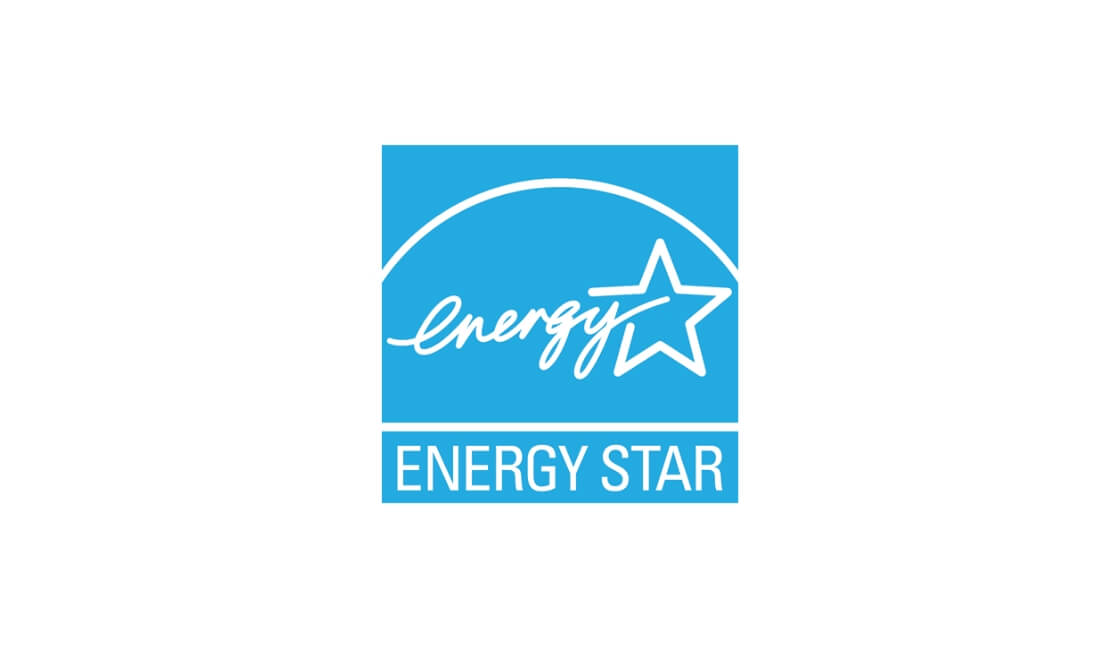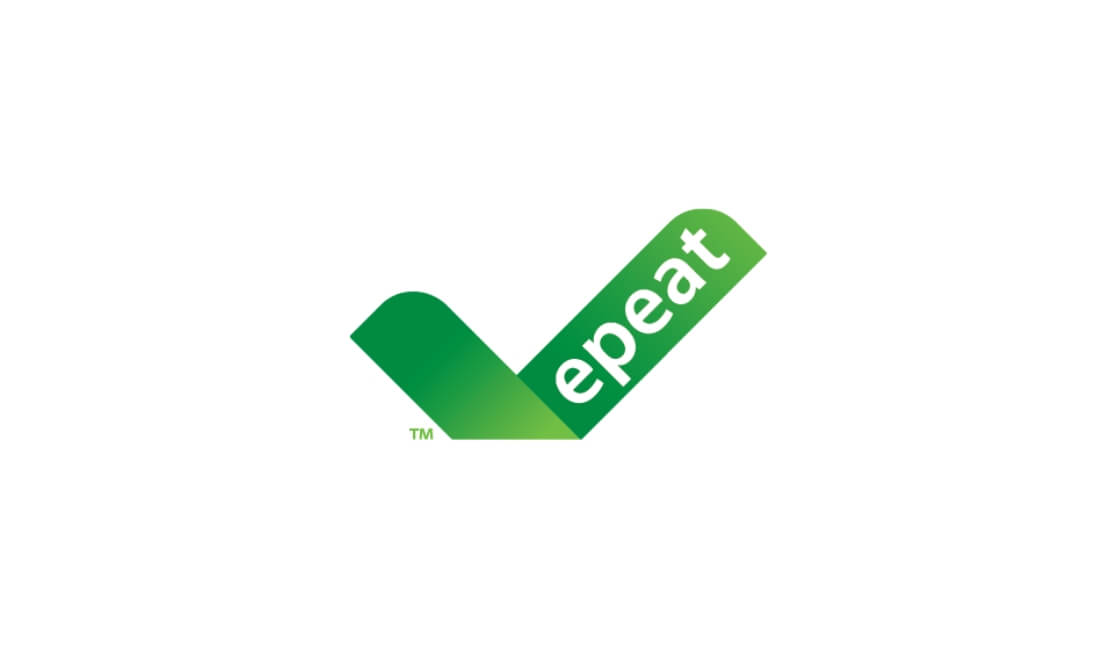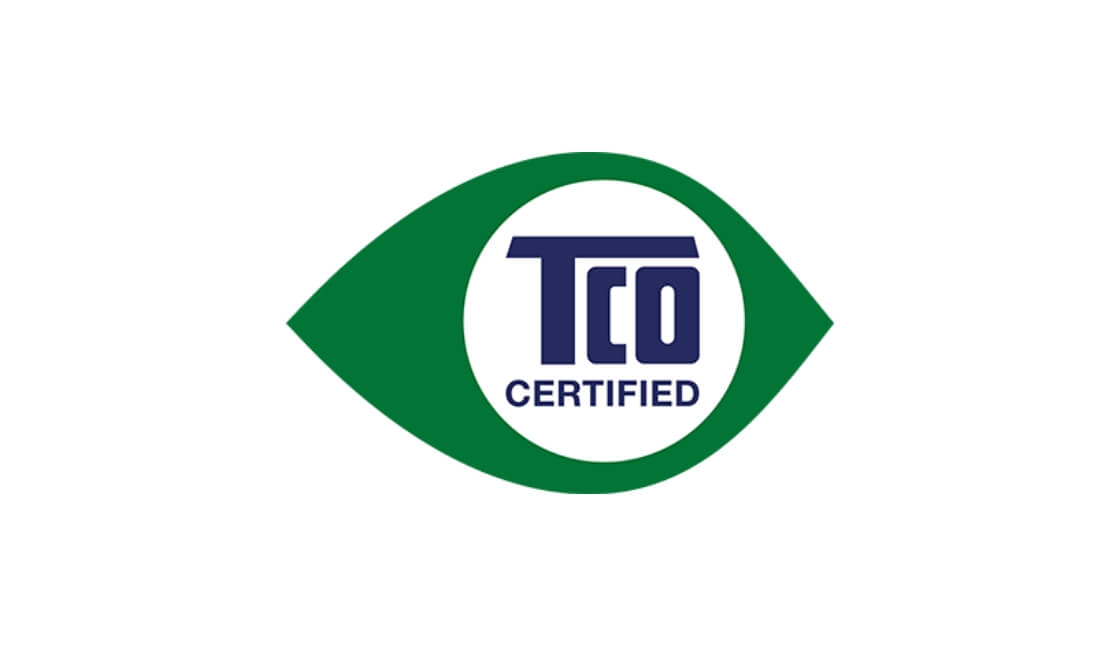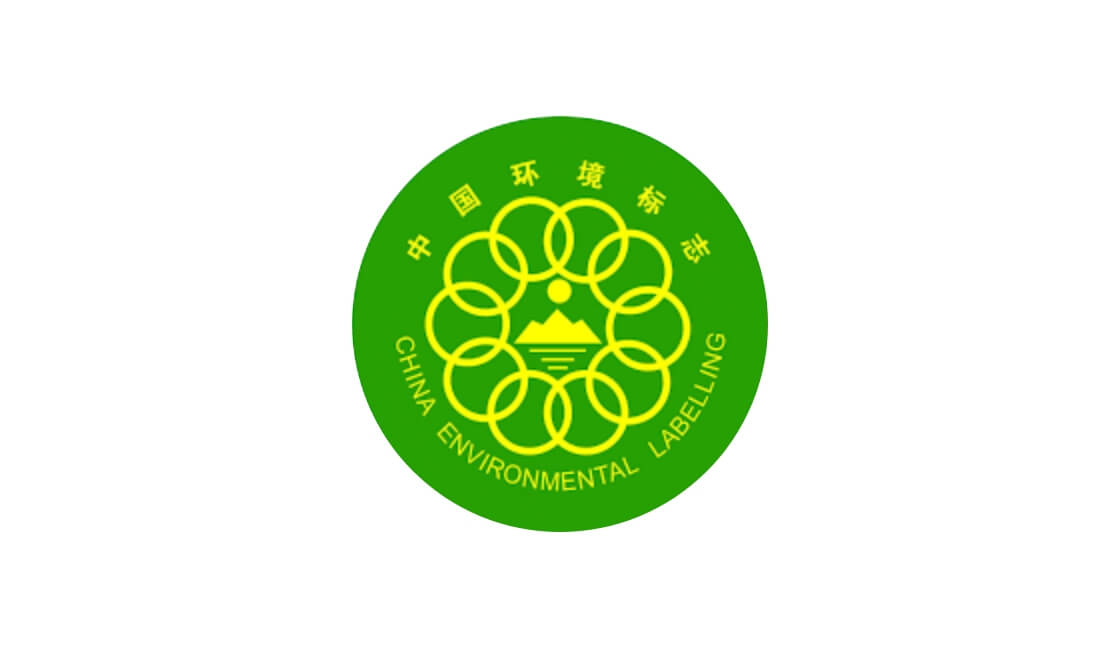Carbon Footprints and Product Environmental Performance | ACER ESG
In order to achieve product sustainability, it is necessary to examine the environmental impact and performance of each stage of product development and use it as a reference for improving future sustainable products. Acer, in its product design, not only complies with the legal requirements of product sales in various regions but also enhances product energy efficiency, reduces the use of hazardous substances, promotes recyclability, and extends product lifespan. These factors serve as indicators for optimizing product design. Ultimately, we communicate and disclose the environmental performance of our products to consumers through various environmental labels. Ultimately, we communicate and disclose the environmental performance of our products to consumers through various types of environmental labels, product life cycle assessments and product carbon footprint results.
EPEAT and TCO Certified
EPEAT and TCO Certified are currently the most recognized environmental labels. In addition to requirements for product chemical substances and energy consumption, they encompass aspects, such as the use of recycled materials, product repair, extended product lifecycle, and provision of product recycling channels. Furthermore, they address the social and environmental responsibilities of brand owners and their suppliers, including labor rights, occupational health and safety, and responsible mineral procurement. The aggregate of total annual energy consumption of the final assembly facilities (6 from China) for EPEAT Climate+ registered products is 8,902,563GJ, including 364,672GJ from Natural Gas and 8,537,891GJ from Electricity. In 2024, EPEAT registered products contributed 16.3% of revenues1, 2, while TCO certified products contributed 15.8%.
By using EPEAT Benefits Calculators, the GHG emission savings of EPEAT registered notebook, desktop, and monitor products is 122,409 metric ton of CO2 and energy savings of 549,666 MWh in 2024.
Note: 1: The above products include notebook, desktop computers, display products 2: Taking the revenue of products obtained ENERGY STAR certification, EPEAT registered and TCO certified as the numerator, and total revenue of the applicable products as the denominator 3: Calculated based on supplier data, considering average energy consumption across product lines and shipment volume proportions
Sustainable revenues
According to the current EU Taxonomy definition, our computer and monitor products that are registered under EPEAT and TCO Certified (Type I eco-labels, ISO 14024), as well as those certified by ENERGY STAR (a single-attribute eco-label), contribute to our sustainable revenues:
Description | 2023 | 2024 |
|---|---|---|
| Product certified with Type I eco-labels (ISO 14024 (Percentage of revenue) | 17.0% | 23.5% |
| Products certified with single/multi attribute eco-labels (Percentage of revenue) | 43.7% | 43.1% |
| Percentage of sustainable revenues | 60.8% | 66.6% |
1: The above products include notebook, desktop computers, monitor products
2: Taking the revenue of products obtained ENERGY STAR certification, EPEAT registered and TCO certified as the numerator, and total revenue of the applicable products as the denominator
3. In cases where a product has achieved multiple eco-labels which fall into both Type I eco-labels (ISO 14024) and Single/Multi-attribute eco-labels categories, only the revenue associated with the Type I eco-labels (ISO 14024) is included.
4. In Acer Group's operating activities, 28.3% from businesses other than computers and displays, for which there is currently no corresponding EU Taxonomy sustainable economic activity classification method, and therefore these are excluded from this calculation.
Life cycle assessment and product carbon footprint
In response to the global low-carbon trend, Acer, as a leading brand, is dedicated to offering consumers more sustainable and eco-friendly products, enhancing product competitiveness, and meeting customer demands.
We followed ISO 14040/14044 life cycle assessment standard to conduct cradle-to-grave full life cycle assessment and carbon footprint analysis for our personal computers and monitors. The system boundary covers all stages of raw materials, manufacturing, transportation and distribution, use, and disposal. By using data from our suppliers, LCA software and relevant research or literature, we calculated and evaluated the environmental impacts and carbon footprints of our products. To assess the potential environmental impacts, we apply three main LCA methodologies:
- Full life cycle assessment (Full LCA)
- Simplify life cycle assessment (Simplify LCA) for product carbon footprint by PAIA
- Product hazardous substances evaluation and assessment in compliance with RoHS and REACH
In 2024, approximately 3.35% of notebook, desktop and monitor shipments are covered by full LCA, 21.8% by simplified LCA and 74.85% are evaluated based on RoHS and REACH assessment.
Since 2019, Acer has been producing product life cycle assessment reports and carbon footprint reports for flagship products. In late 2021, the full life cycle assessment results of our monitor product, B247Y, received an independent third-party verification. Gradually, we have developed them for more notebook computers, desktop computers, and monitors in 2023. By analyzing detailed data on product carbon footprints, Acer aims to identify the carbon hotspots of its products and provide feedback to its upstream supply chain. The goal is to reduce carbon footprints and promote carbon reduction actions throughout the supply chain. We have obtained a verification statement from a third-party organization for the comprehensive cradle-to-grave carbon footprint calculation of the Aspire Vero AV15-53P notebook computer, in accordance with ISO 14027-2018 standard. The system boundary of the Aspire Vero AV15-53P product carbon footprint includes five stages: raw materials, manufacturing, transportation and distribution, use, and disposal. The carbon footprint calculation result for each AV15-53P notebook computer is 148.53 kgCO2e. Through this product carbon footprint analysis, Acer not only gains a deeper understanding of the carbon emissions hotspots of the product but also assesses the suppliers' ability to provide primary data on product carbon footprints. In 2024, we conducted a full life cycle assessment (LCA) and product carbon footprint analysis for B247Y G monitor, which received thirty-party party certification. Additionally, product carbon footprint verifications were obtained for another three notebook products.
In addition to conducting a comprehensive Life Cycle Assessment (LCA), we utilize the PAIA platform—developed by MIT and recognized globally as a leading methodology—to streamline the product footprinting process for the preparation of our product carbon footprint report. This methodology has also undergone critical review against IEC TR 62921 by a third-party organization.
This LCA and product carbon footprint information will serve as the basis for proposing measures to reduce product carbon footprints, improve the quality of product carbon footprint data, and establish suppliers' carbon management and reduction capabilities. In 2024, Acer completed product life cycle assessments or product carbon footprint reports for representative consumer notebook computers, (including Chromebooks), commercial desktop computers, and representative monitor products, with a cumulative disclosure of over 150 product carbon footprint reports.
AV15-53P product carbon footprint

ENERGY STAR
As part of our commitment to energy conservation, carbon reduction and sustainability, Acer has always focused on the energy-saving design of our products. ENERGY STAR is a U.S. Environmental Protection Agency voluntary program that helps businesses and individuals save money and protect our climate through superior energy efficiency.Among ENERGY STAR specifications, those related to Acer products are computers (including laptops, desktops and all-in-one PCs) and displays. Please visit ENERGY STAR to learn more and updated details for Acer products which has earned ENERGY STAR.

EPEAT
Manufacturers register products in EPEAT based on the devices’ ability to meet certain required and optional criteria that address the full product lifecycle, from design and production to energy use and recycling. Bronze-rated products meet all of the required criteria in their category. Silver-rated products meet all of the required criteria and at least 50% of the optional criteria, while Gold-rated products meet all of the required criteria and at least 75% of the optional criteria.
Please visit EPEAT Website for more details or to search for registered Acer products in each country.

TCO
TCO is a global sustainability certification for IT products, aimed at promoting the environmental and social performance of IT products throughout their lifecycle. The criteria cover aspects of environmental and social responsibility within the supply chain and the entire IT product lifecycle, such as socially responsible manufacturing, reduction of hazardous substances, and product lifetime extension.
Currently, there are more than ten product categories eligible for TCO certified, and there is a supplemental certification, TCO Certified Edge, available for specific products, showcasing even further sustainability performance. To learn more about Acer's TCO certified products, please visit TCO Website.

Taiwan Green Mark
Taiwan Green Mark is administered by the Environmental Protection Administration of Taiwan. Through the Green Mark system, the Taiwan EPA encourages manufacturers to consider how they can reduce environmental pollution and save resources during the product manufacturing process. By promoting waste reduction and recycling, the Taiwan EPA also reminds consumers to carefully choose recyclable, low-pollution, and resource-saving products to protect the environment.
Taiwan Green Mark standards consider criteria including low energy consumption and low noise, easy disassembly, reducing hazardous substances, packaging and easy recycling. To learn more about Acer's products earned Taiwan Green Mark, please visit Nation Green Life Movement (in Chinese).

China Environmental Label
China Environmental Labelling Program is steering the green development of businesses, reducing pollution, and driving the green transition. It promotes producers addressing the impacts of their products on the environment in each process from product design to final disposal, thus meeting the targets of preventing pollution, protecting the environment, and gaining more benefits.
To learn more about Acer's products earned China Environmental Label, please visit the website (in Chinese).

